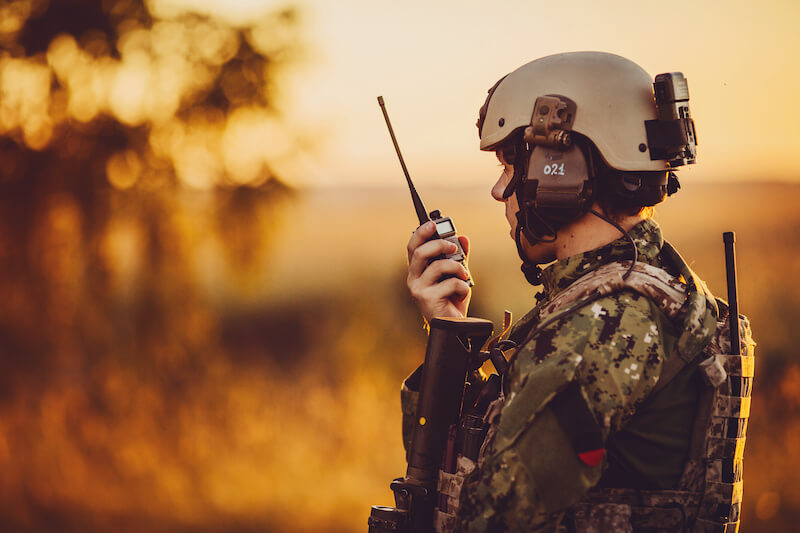The battlefield is constantly evolving, and so are the tools used to navigate it. In today’s world, where technology plays a crucial role in warfare, communication systems have become an essential part of military operations. With advancements in technology, the traditional methods of communication between soldiers have taken a backseat, and sophisticated military communication systems have emerged.
In this blog post, we will discuss the evolution of military communication systems and the latest advancements that have transformed how modern armies communicate on the battlefield.
The Evolution of Military Communication Systems
Communication has always been a vital aspect of warfare. In ancient times, simple methods such as flags, horns, and drums were used to convey signals between soldiers on the battlefield. As technology advanced, so did the methods of communication. In the 18th century, visual signaling systems like semaphores and heliographs were introduced, allowing for more efficient and long-distance communication. However, these methods were still reliant on human interpretation and were not very secure.
The invention of the telegraph in the 19th century revolutionized military communication. It allowed for quick transmission of coded messages over long distances, reducing the reliance on visual signaling and improving the speed and accuracy of communication. However, telegraph systems were vulnerable to interception, and there was a need for more secure means of communication.
The First World War saw the emergence of wireless radio communication, which enabled soldiers to communicate in real time without the need for cables or wires. This advancement led to significant changes in warfare tactics as commanders could now communicate with troops on the front lines instantly. However, wireless communication systems were also susceptible to interception and jamming by enemy forces.
Modern Military Communication Systems
Today, military communication systems have come a long way from the simple methods used in ancient times. With the rapid advancements in technology, modern armies have access to sophisticated communication systems that provide secure and reliable means of communication on the battlefield. These systems are designed to withstand extreme environments and ensure that critical information is delivered promptly.
One of the most significant advancements in military communication systems is the use of satellites. Satellites provide global coverage and enable troops to communicate across long distances without any delays. They also offer encryption capabilities, making it difficult for enemies to intercept or jam signals. This technology has transformed how military operations are conducted, allowing for real-time communication and coordination between troops located in different parts of the world.
Another important development is the introduction of secure tactical radios. These radios have advanced encryption capabilities and can operate in various frequencies, making it difficult for the enemy to intercept or jam communications. They also have a range of features such as GPS tracking, text messaging, and voice encryption, making them an essential tool for modern armies.
In recent years, the use of Artificial Intelligence (AI) has also revolutionized military communication systems. AI technologies can analyze large amounts of data and provide real-time insights, helping commanders make informed decisions quickly. It has also enabled the development of autonomous vehicles and drones that can be controlled remotely, providing troops with critical information and support on the battlefield.
The Future of Military Communication Systems
As technology continues to advance, we can expect further advancements in military communication systems. One area that is gaining a lot of attention is the use of quantum cryptography for secure communication. Quantum cryptography uses principles of quantum mechanics to create unbreakable codes, making it nearly impossible for enemies to intercept or decipher messages.
Another emerging technology is the use of Blockchain for secure communication. Blockchain technology enables data to be stored in a decentralized manner, making it difficult for hackers to tamper with or intercept information. This could potentially provide an extra layer of security for military communications.
Conclusion
Communication has always been crucial in warfare, and advancements in technology have greatly improved how modern armies communicate on the battlefield. From simple methods like flags and horns to sophisticated systems like satellites and AI, the evolution of military communication systems has transformed the way wars are fought. As technology continues to advance, we can expect further advancements in military communication systems, making them an essential tool for modern armies in ensuring success on the battlefield.
So, our armed forces must constantly adapt and utilize these advancements to stay ahead in the ever-changing landscape of warfare. Let us continue to monitor and learn from these advancements as we strive to create more efficient and secure military communication systems for the future.

Leave a Reply